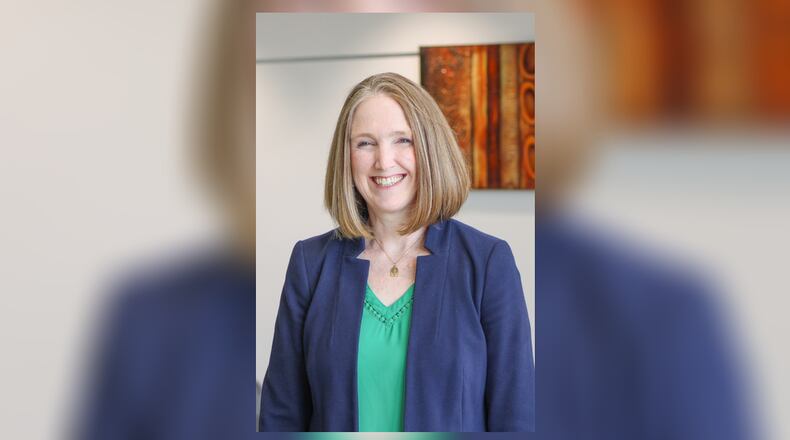Watercress, written by Andrea Wang and illustrated by Jason Chin (2021), is an award-winning picture book about the daughter of Chinese immigrants, grappling to understand how her heritage fits into her identity as an American girl. The text is lyrical and complex, and the illustrations and words integrate to tell a multi-layered story. To identify the text details, a reader needs to decode the words, and rely on background knowledge and vocabulary to build comprehension.
Vocabulary and background knowledge are two critical determinants of reading comprehension, particularly for students in the intermediate and upper grade levels (Duke, et al, 2021; Smith, et al, 2021). Teaching reading requires an in-depth understanding of language, motivation, engagement, and student identity (Duke & Cartwright, 2021), and we work to make certain teachers develop and strengthen this knowledge base.
In Watercress, the parents spot something on the side of the road. The children find out that the watercress they found is a food from their parents’ childhoods in China. The family gathers the watercress, and brings it home for dinner. The little girl is horrified by eating the watercress for dinner. As an American girl growing up with Chinese parents, appearing different from her peers feels scary. The illustration reveals these details with clarity, and by reading the words, and making inferences as to how their meaning supports the illustrations, the reader can understand how the girl feels – and probably connect to their own experiences. At school, she is teased for dressing and eating differently from her peers. Using both skills in word recognition as well as language comprehension (Gough & Tunmer, 1986; Scarborough, 2001), the issue with the watercress is clear. Negative experiences at school stay with children, and affect their lives at home.
Children who struggle with reading feel about reading as our main character does about watercress – unsure, unfamiliar, and different from their peers. Reading Watercress is a demonstration of how challenging reading can be, if students are not equipped with skills to decode words, understand vocabulary, negotiate text and sentence structure, and bring background knowledge to bear to make meaning. Reading Watercress is also a reminder of the importance of including texts that provide windows and mirrors (Bishop, 1990) to students to see both themselves and others in books.
In Watercress, the girl finally sees how her family’s history is also her history, and how, rather than making her strange or different, it is part of her identity. At UD, our faculty work cooperatively to deliver consistent instruction in literacy across all of our reading courses. We are focused on helping teachers use quality literature to teach foundational skills, constantly updating coursework to reflect recent evidence regarding how to teach reading, offering meaningful professional development opportunities, and expanding opportunities for clinical practice for all of our students. In doing this, we not only are meeting state expectations, but also leveraging the deep expertise of our faculty to deliver high-quality preparation for all of our candidates. We hold central the idea that our candidates need to be prepared for 30-year careers, in various states and using curricula still not even developed. We are focused on preparing our candidates to walk into classrooms understanding the deep complexities involved in teaching reading, and prepared to respond to the challenges that arise.
Mary-Kate Sableski is Leary Chair for Innovation in Education, Health and Wellness at the University of Dayton.
About the Author
